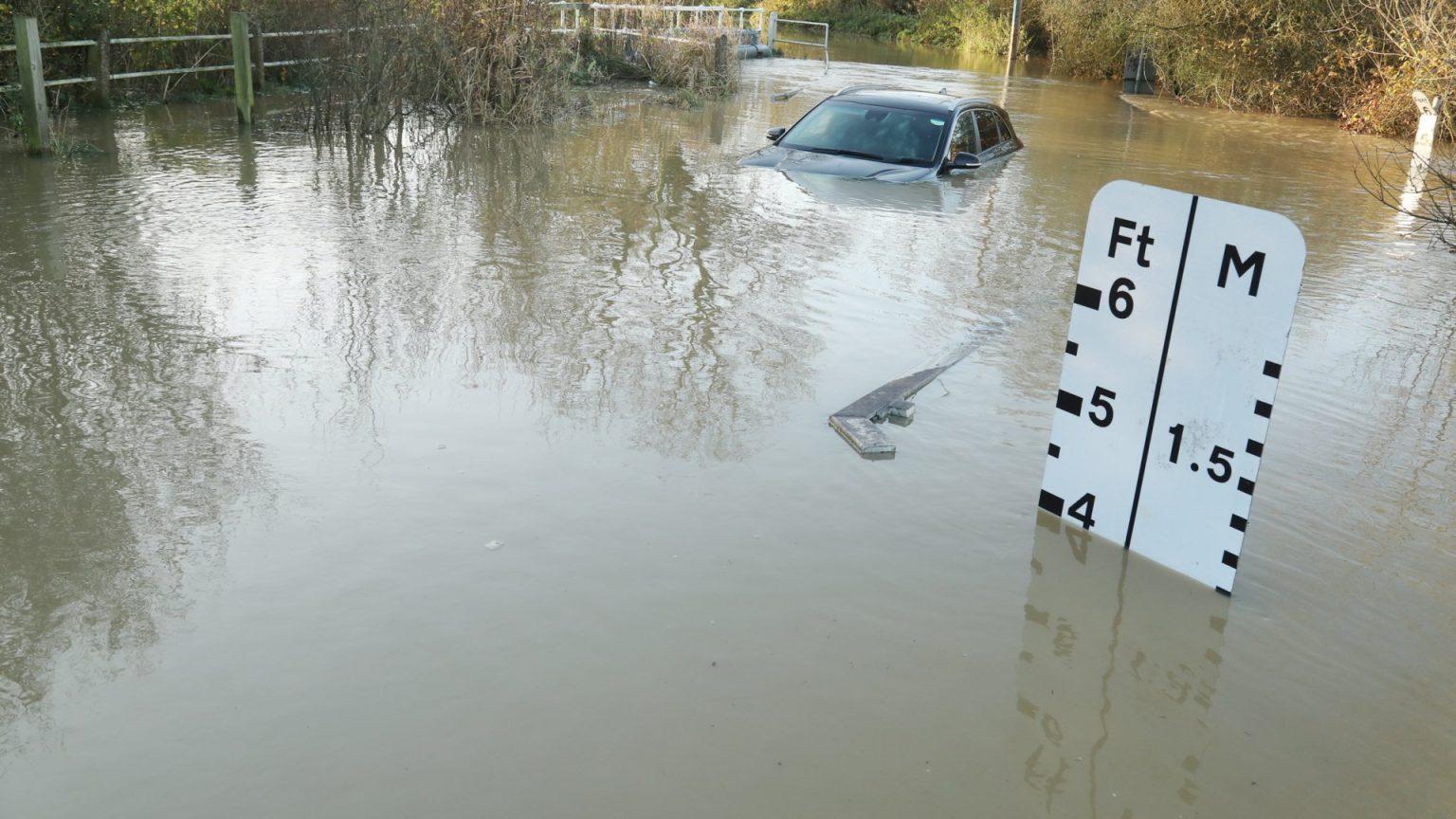Storm Darragh, a powerful weather system, prompted a rare red warning across parts of the UK, urging millions to stay indoors amidst dangerous conditions. Wind gusts exceeding 90 mph were recorded in regions of Wales, while strong winds battered coastal areas and inland regions across the country. The storm caused widespread power outages, affecting thousands of homes and businesses across Northern Ireland, England, and Wales. The intensity of the storm triggered the government’s emergency alert system, sending warnings to millions of mobile phones in the affected areas, advising residents to stay indoors and avoid travel.
The storm caused significant disruptions to transportation networks. Train services were severely impacted, with cancellations and delays across multiple operators. Major roadways and bridges, including the Prince of Wales Bridge and the Severn Bridge, were closed due to high winds, further complicating travel. The Dartford Crossing, a vital link in southeast England, was also closed due to the dangerous conditions. Fallen trees blocked railway lines and added to the disruption. Airlines also experienced cancellations and diversions, particularly affecting flights to and from major airports like Heathrow and Dublin.
The red weather warning, the highest level of alert issued by the Met Office, highlighted the severity of the storm. This warning underscored the potential risk to life and property, urging residents to take precautions and follow safety guidelines. The extreme winds posed a danger of flying debris and falling trees, with warnings of potential damage to buildings and power lines. Coastal areas faced additional threats from large waves and beach material being thrown onto roads and seafronts.
Beyond the immediate impact of high winds, Storm Darragh brought heavy rainfall, leading to flood warnings across various regions. An amber rain warning was issued for Wales, predicting significant rainfall that could disrupt transportation and infrastructure. The Met Office forecasted totals of up to 90mm of rainfall in some areas. The combination of high winds and heavy rain exacerbated the challenging conditions and increased the risk of flooding.
The widespread disruptions caused by Storm Darragh required a coordinated response from various agencies. The UK government, devolved governments, local authorities, emergency services, and other public bodies worked together to manage the situation and provide assistance to those affected. The priority was to ensure public safety and restore essential services as quickly as possible. The storm tested the resilience of infrastructure and the effectiveness of emergency response plans.
The aftermath of Storm Darragh will likely involve assessing the extent of damage and addressing the needs of those affected by power outages, flooding, and travel disruptions. The storm serves as a reminder of the power of nature and the importance of preparedness in the face of extreme weather events. The use of the emergency alert system reflects the growing reliance on technology to disseminate critical information during emergencies and underscores the need for clear communication and public cooperation in responding to such events.











